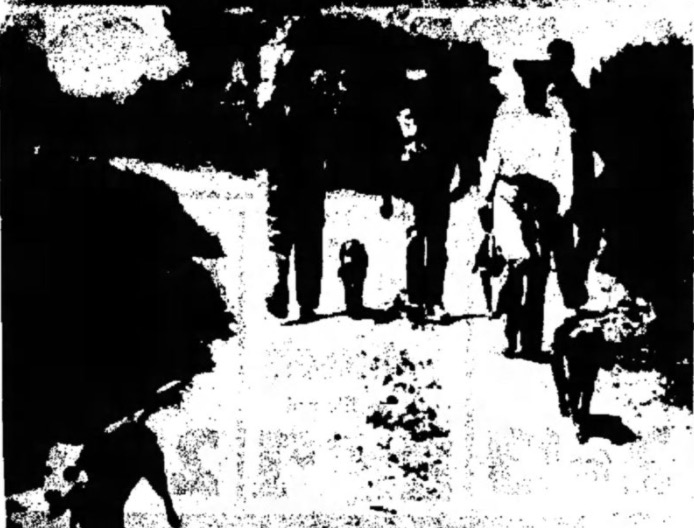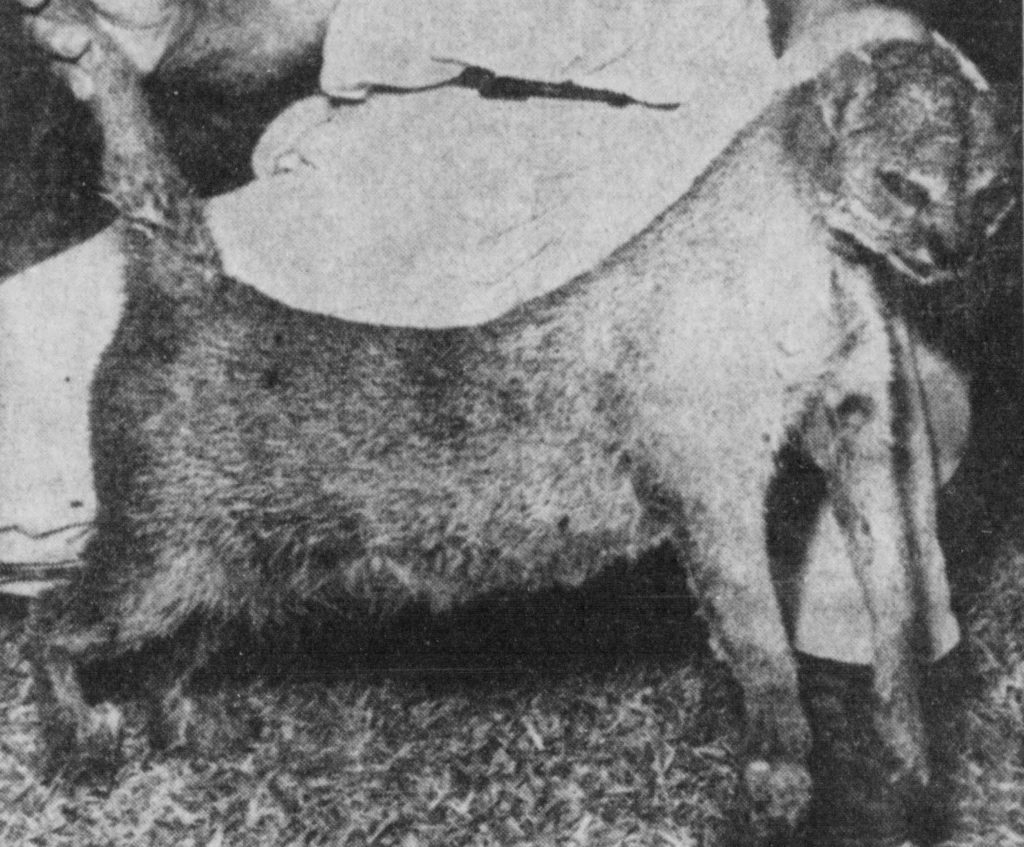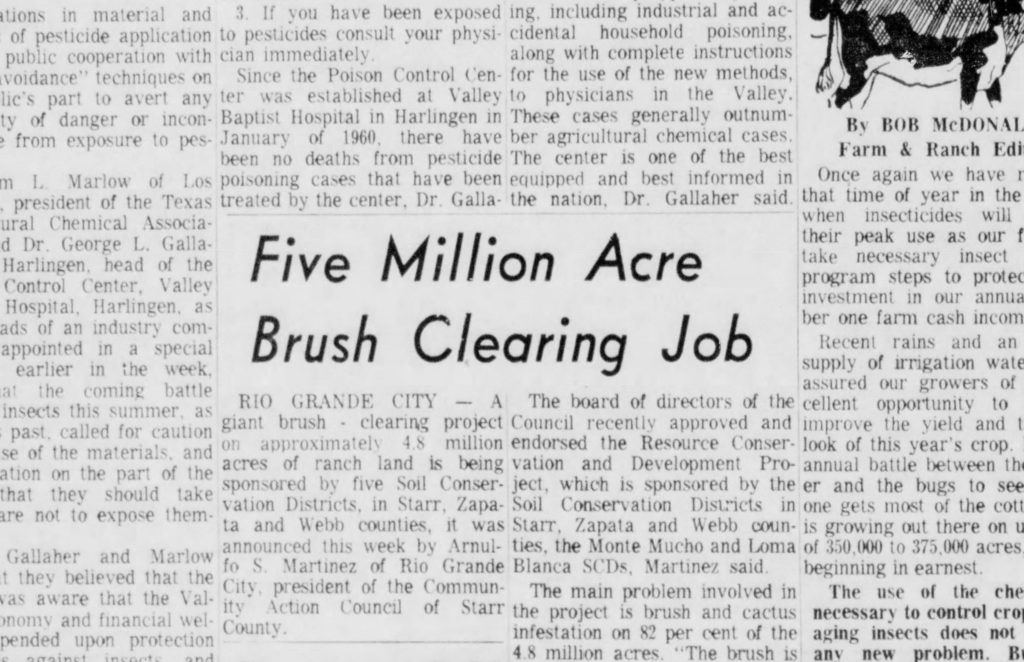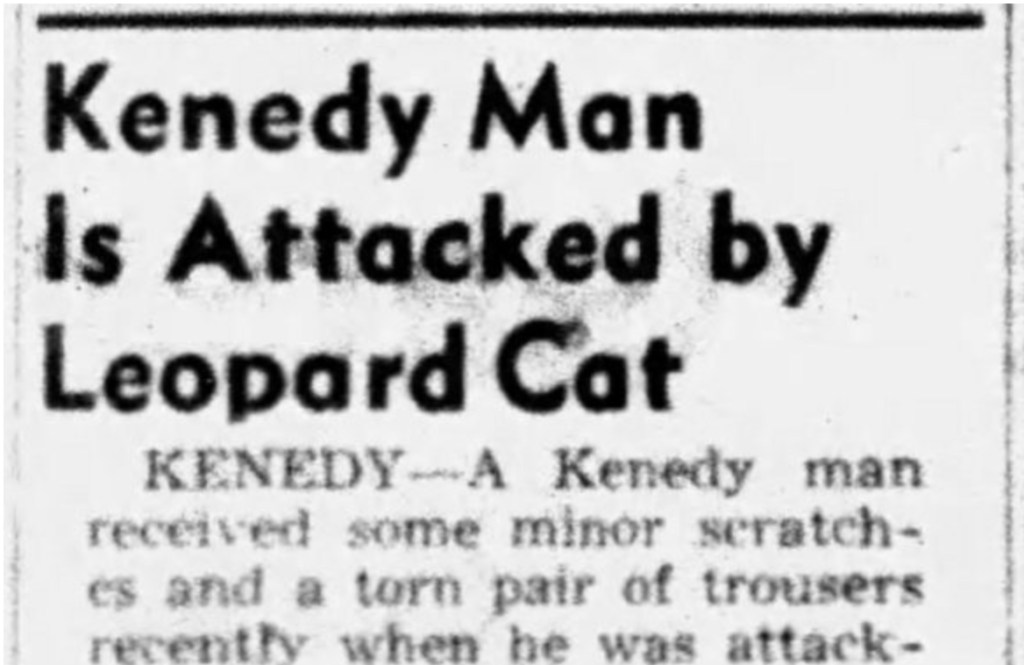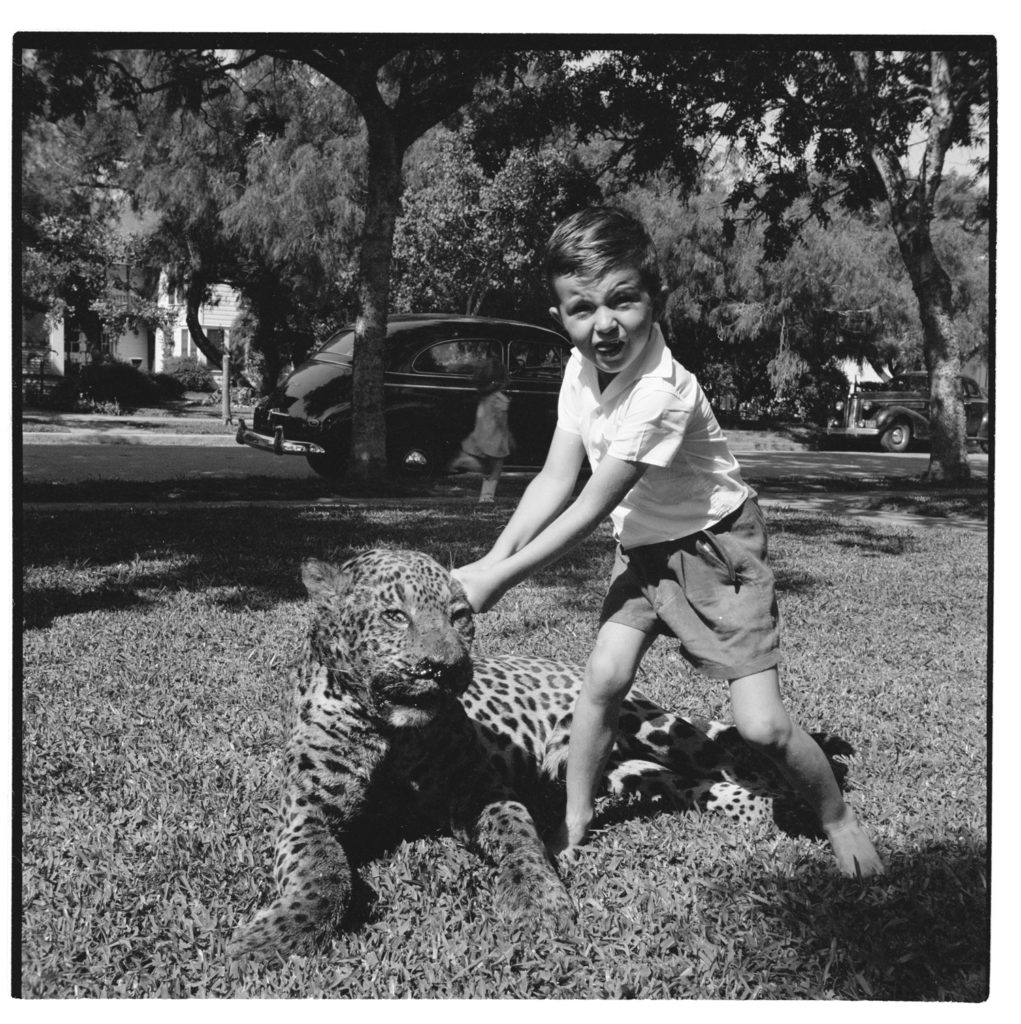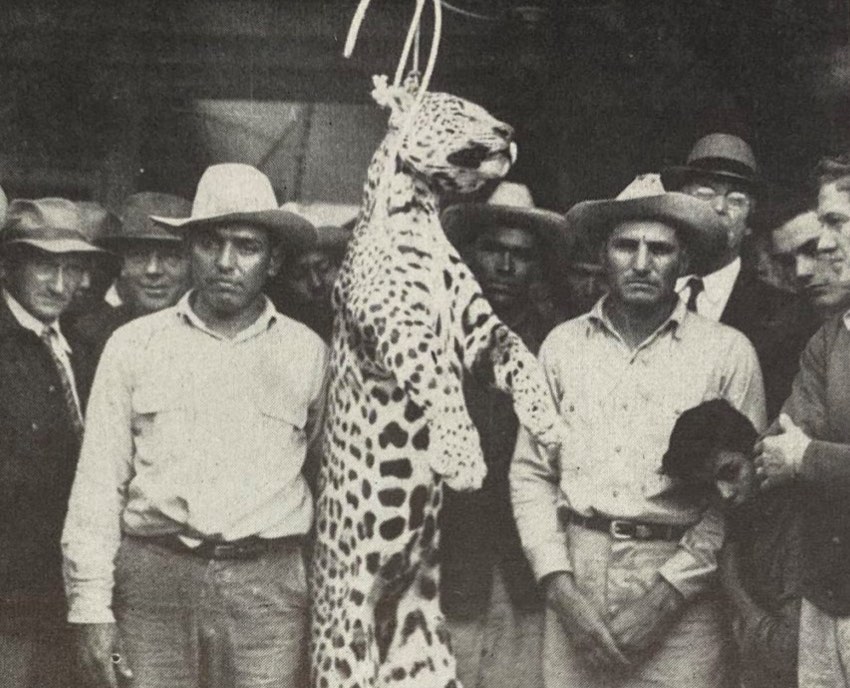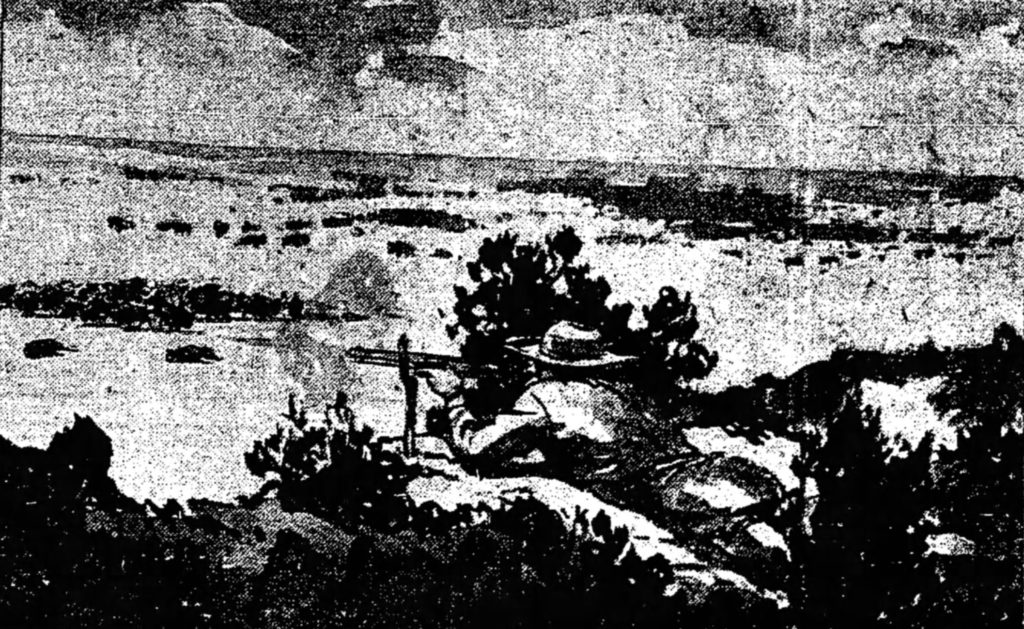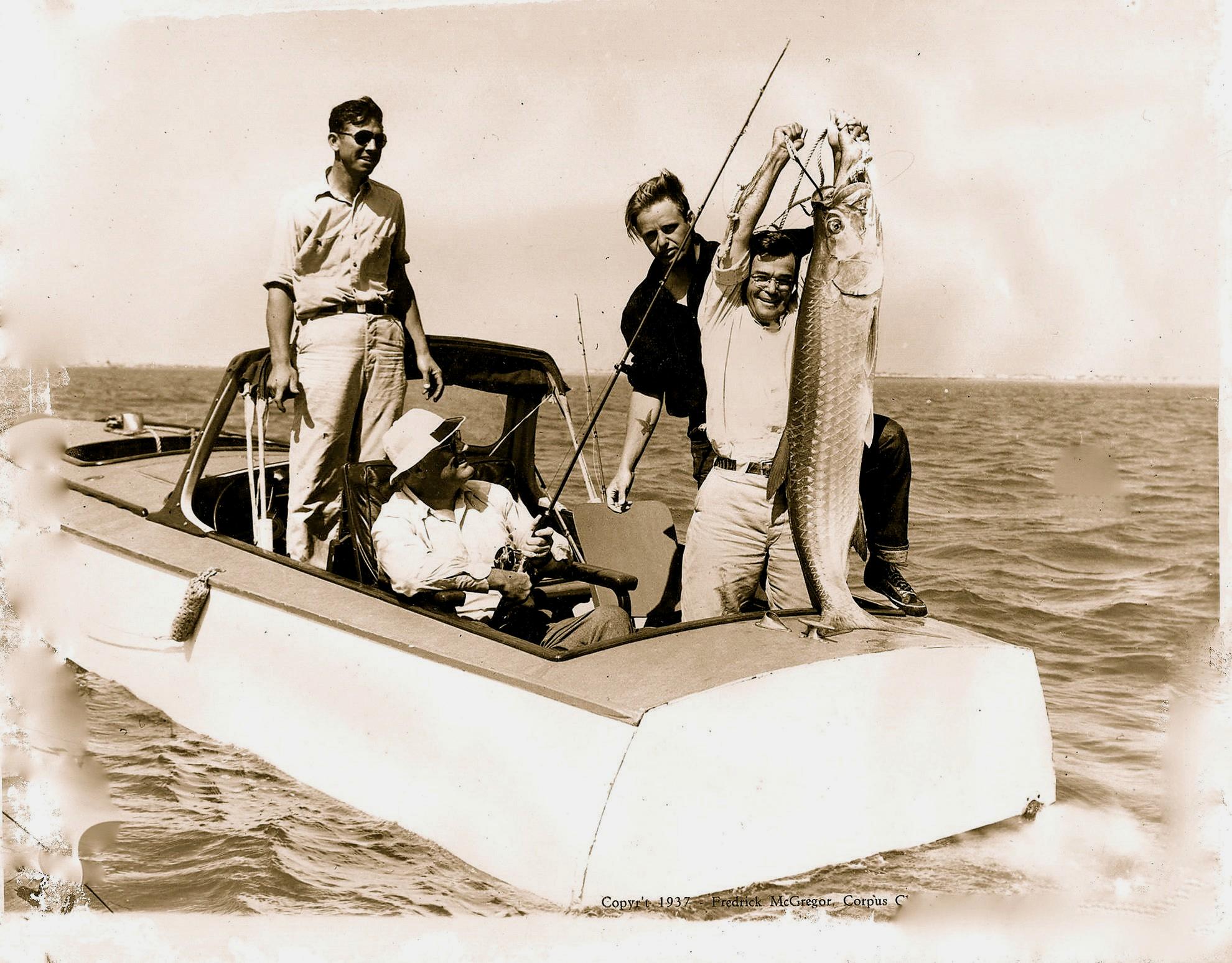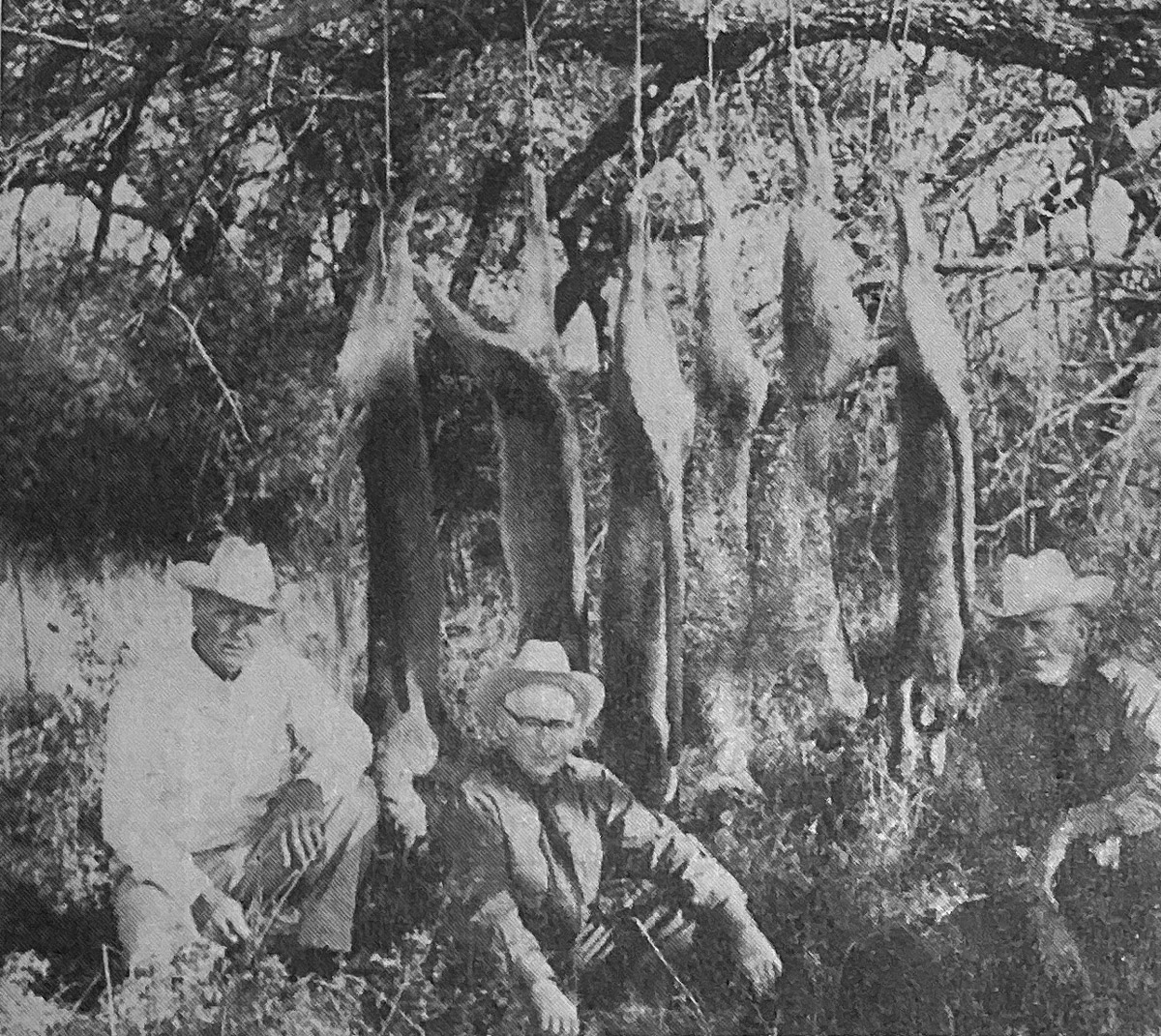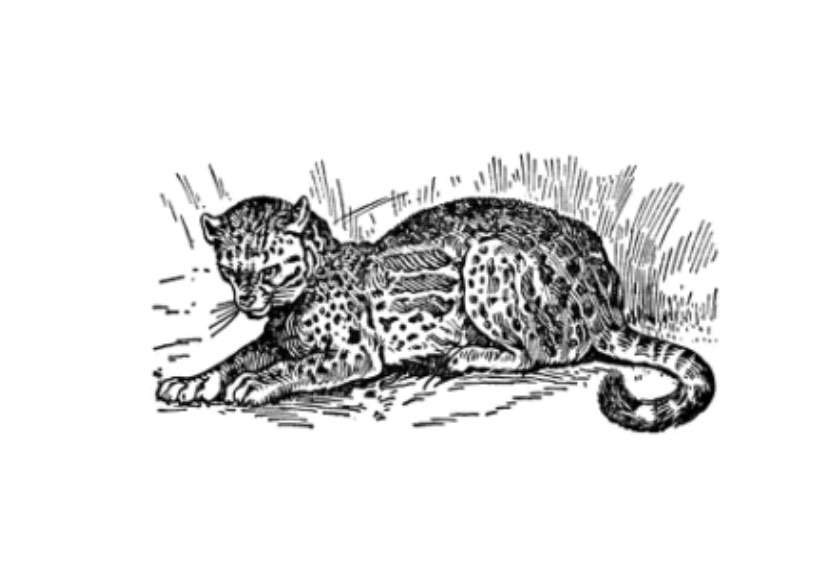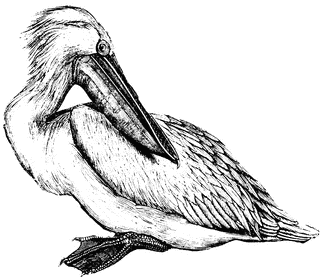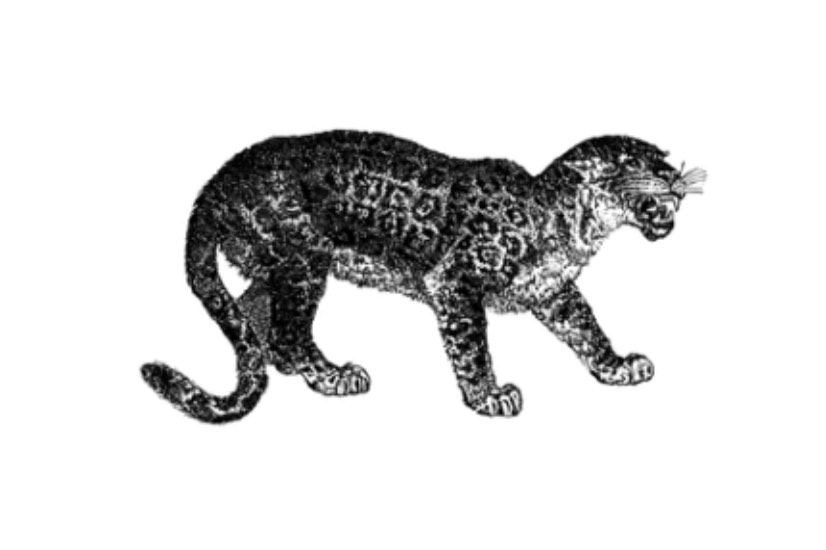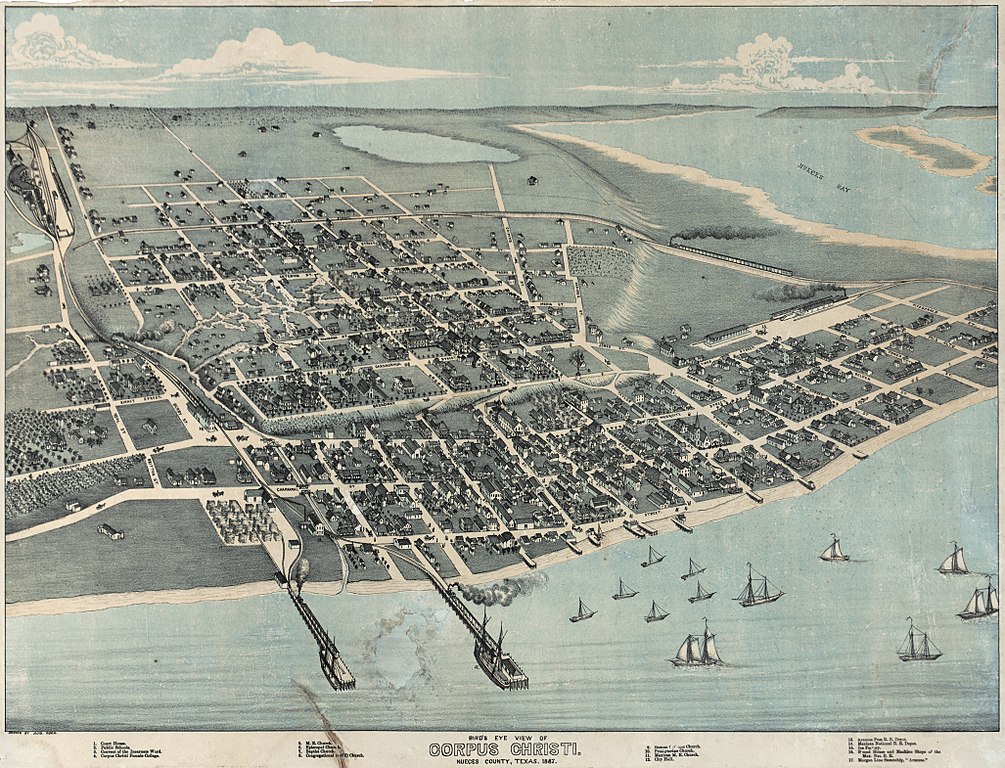A black bear was spotted in rural Hidalgo County near McAllen in 1957, and the county sheriffs were mobilized to catch it.
Posts published in “South Texas”
Until recently, most people weren’t familiar with the jaguarundi. Because of this they are often called other things like “jaguar type cat” and are difficult to find reports of.
This is a sad story about an ocelot shot by a man who worked for a land clearing company.
This story about a Kenedy man being attacked by multiple ocelots (a.k.a. leopard cats) sounds like a hyperbolic hunting story at first.
On April 25, 1948, page eight of the Corpus Christi Caller Times unceremoniously reported the killing of a large jaguar on a farm near Kingsville.
Because of an article by Steve Sinclair entitled "The last jaguar" in the Brownsville Herald in 2008, the 1946 Rio Grande Valley jaguar is the Texas jaguar most people are familiar with.
The story of the extermination of the bison in the words of legendary Texas rancher, Charles Goodnight.
My research has focused on terrestrial mammals, but I've come across quite a few fishing photos along the way.
This selection of images focuses on South Texas cats, and highlights the number of animals killed by State Predator Control trappers.
Uvalde and Kinney Counties are interesting habitats to consider for ocelots. They sit at the intersection of the hilly Edwards Plateau and the brushy South Texas Plains, creating an edge effect that promote an abundance of wildlife.
The millinery (hat feather) trade almost wiped out shorebirds in the 1800s, but I recently discovered an article that revealed another shocking attack on bird populations from the period.
One of the jaguars referred to by Vernon Bailey in his "Biological Survey of Texas" was reported killed on the Like Oak Peninsula in 1858.
When Col. H.L. Kinney founded Corpus Christi in 1839, he named some of the first city streets after wildlife native to the area.
